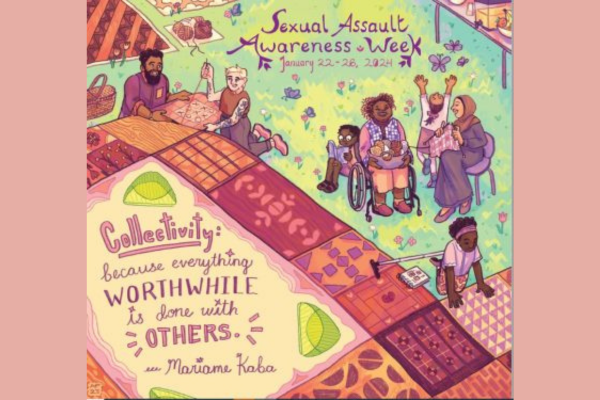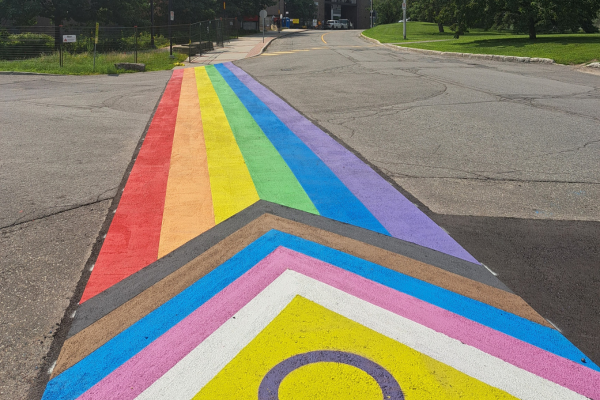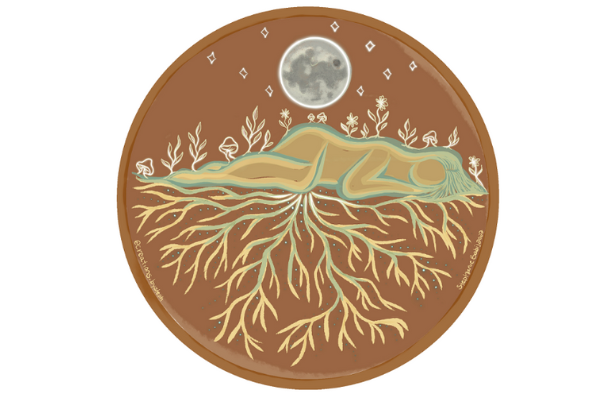Your muscles tense. Your heart starts to beat faster. You stop noticing the hunger you have been feeling. Your senses heighten. Your stress response is activated.
This multisystem response is your body’s way of dealing with a stressor, by moving oxygen and fuelling your muscles. When I say stressor, I am referring to things (internal or external) that activate this stress response. Internal stressors are things like self-criticism, body image, identity, and certain memories, whereas external stressors are things like work, family, money, cultural norms, and discrimination.
It is surely important to deal with these stressors, but this is not the same as dealing with stress. When you eliminate a stressor, this does not mean you have dealt with the stress itself. Stress is the neurological and physiological shift in the body, that is adaptive and an important coping mechanism. Although stress is critical for survival, you must be able to signal to your body that you are safe, otherwise you will stay in this stressful state and suffer repercussions. This type of chronic activation of the stress system has negative impacts on the body systems, which can result in disease and illness. Because stress can have large impacts even after the stressor has been eliminated, it is important to actively ensure you complete the stress cycle. There are certain telltale signs that signal you should be dealing with the stress before effectively being able to deal with a stressor. These signs include self-destructive behaviours (this might signal that the stress has overwhelmed your brain’s ability to cope rationally with a stressor), hiding from life (this might signal you have passed your threshold, and are not able to deal with either the stress or stressor), or your body feeling out of whack (are you constantly getting sick or feeling pain? This might indicate chronic stress which has caused or exacerbated biological events).
Further, there are things that may prevent us from completing the stress cycle. This may include facing chronic stressors or filtering ourselves to comply with social appropriateness. Chronic stressors mean chronic activation of the stress response, which means we are unable to complete the cycle. With social appropriateness, this is referring to situations where we do not react (i.e., growing up in a culture where feeling specific emotions is ‘inappropriate’) but instead we feel the consequences internally. In both of these situations, we are not dealing with the stress, and therefore we are delaying our body’s ability to complete the stress cycle. It is imperative that following activation of the stress system, we actively complete the cycle. This can be done in many ways…
Completing the Cycle
- Physical activity. This is the most efficient way to complete the stress cycle. Physical activity does not need to mean an intense HIIT workout. It can be something as simple as a walk outdoors, deep stretching or yoga.
- Breathing. Taking deep, slow, and long breaths down-regulates the stress response (when stress is not too high). A simple breathing exercise might be the following: breathe in for a slow count of five, hold for a count of five, exhale for a count of ten, pause for another count of five, and repeat three times.
- Positive social interaction. Positive social interaction is the first external sign that the world is a safe space. Compliment a stranger or tell your local barista to have a nice day – this will go a long way.
- Affection. This can come in various forms, but always comes back to deep connections with someone you love. Two ways to give and receive affection is by hugging or kissing. More specifically, a twenty second hug or a six second kiss. This may seem long, but I promise you there is a science to this – hear me out. A six second kiss makes certain that you stop and deliberately notice that you like the person you are kissing, and that you feel the affection. A twenty second hug is usually long enough for you to feel. Both of these teach your body that you are safe, and this will help you complete the cycle.
- Creative expression. Engaging in things like sports, art, music, storytelling, and even a good cry can guide your body through the complete emotional cycle.
There are many, many ways to complete the stress cycle. The important thing is that you do something. To complete the stress cycle, it requires more than an intellectual decision. It is a physiological change that requires you to actively give your body what it needs. For some people, completing the stress cycle is a complete gear shift and is easily recognizable, while for others it is not so intuitive. That is okay! Take small steps and begin to recognize when you start to feel better. We are all unique, so find the strategy that works best for you and include it into your schedule. By dealing with your stress, you will be well enough able to face novel stressor. Wellness means that we are able to move through the cycles of being human, it is therefore not a state of being, but a state of action.
Source: Nagoski, Emily; Nagoski, Amelia. “Burnout: The Secret to Unlocking the Stress Cycle (9781984817075).”
Recent Quote the Raven Posts
Read the latest from our student Bloggers











 Ask Me
Ask Me